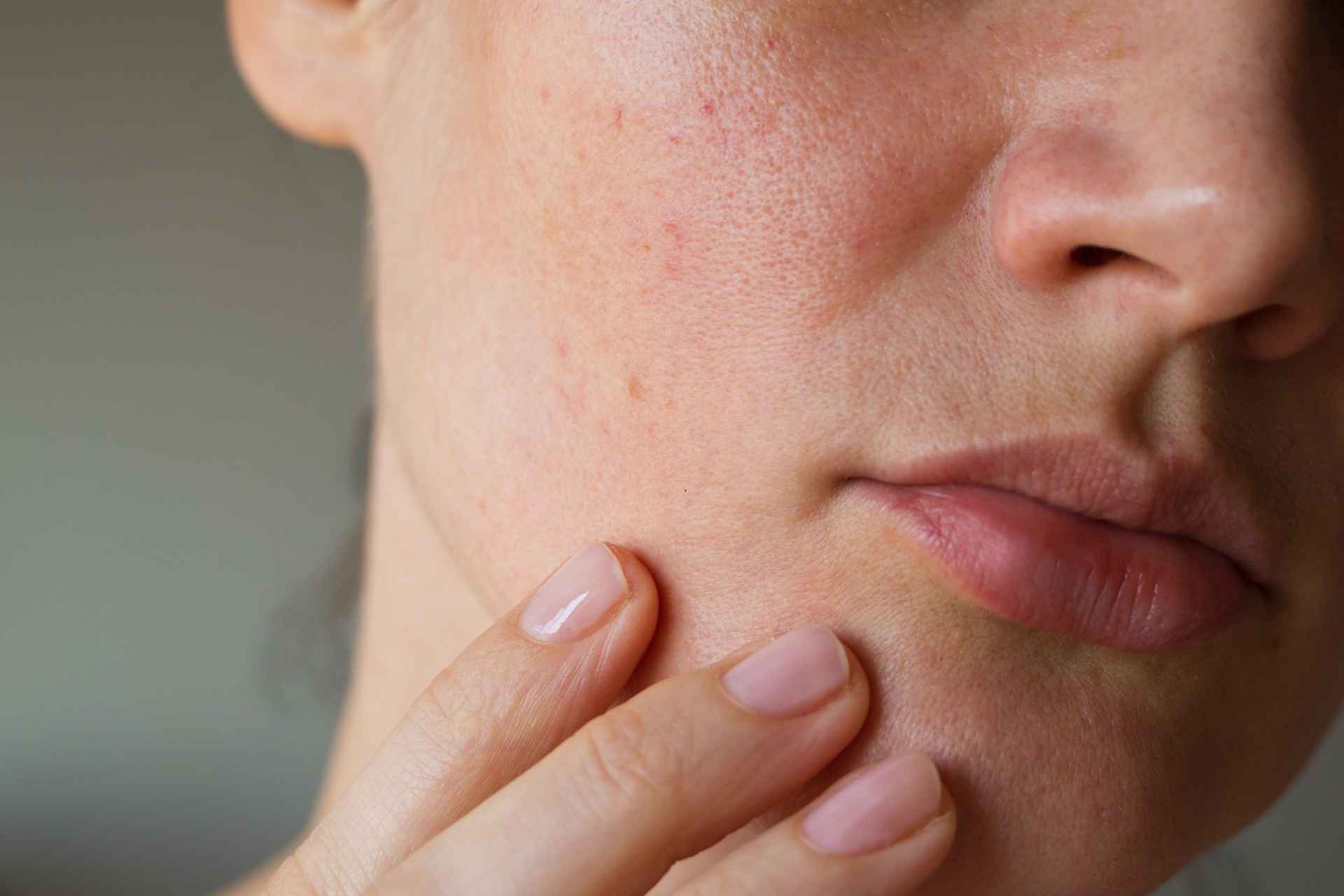Human facial skin is constantly exposed to microorganisms, but only certain species are able to persist and dominate the skin microbiota. A new study suggests that certain barriers on the skin prevent easy colonization of new strains and that specific life stages, such as adolescence, may be crucial for successful probiotic interventions.
The findings, published in Cell Host & Microbe, may inform the design of probiotics and help understand skin health.
Human facial skin is mostly dominated by Cutibacterium acnes and Staphylococcus epidermidis, but each person has a unique mix of strains, suggesting there are factors that prevent new strains from colonizing.
Scientists have known that the transition from childhood to adulthood leads to significant changes in the skin microbiota, so Jacob Baker at the Massachusetts Institute of Technology in Cambridge analyzed the skin microbiotas of children and their parents.
Lineage stability
The researchers found that, in most cases, parents are the main source of bacterial transmission to their children. The transmission of multiple bacteria at once is common for both C. acnes and S. epidermidis. For S. epidermidis, bacterial lineages were more unstable over time, with many being lost or replaced, while C. acnes lineages were more stable.
S. epidermidis lineages persisted longer in adults than in children, suggesting that as people age, their skin becomes more stable in terms of bacterial composition. Although C. acnes lineages showed stability, there was no clear correlation between the age of the lineages and the age of the person.
The team also found that in younger people, particularly children, the acquisition rate of new C. acnes lineages increases during the transition to an adult-like skin microbiota.
Ecological barriers
C. acnes appears to colonize more rapidly during adolescence, when changes in the skin support larger populations of the bacteria. This suggests that probiotic strains of C. acnes may be more successful if applied during this life stage. In contrast, S. epidermidis shows higher turnover rates throughout life, with its lineages typically lasting less than two years.
Even though both C. acnes and S. epidermidis share lineages between family members, they don’t usually share all of them, which means certain barriers prevent full sharing. The findings suggest that adolescence is a key time for C. acnes to settle on the skin, and knowing how these bacteria behave could help create better probiotics or treatments for acne and other skin problems.
The authors say that in the future they hope to learn more about how these bacteria interact with the immune system and what that means for skin health.









